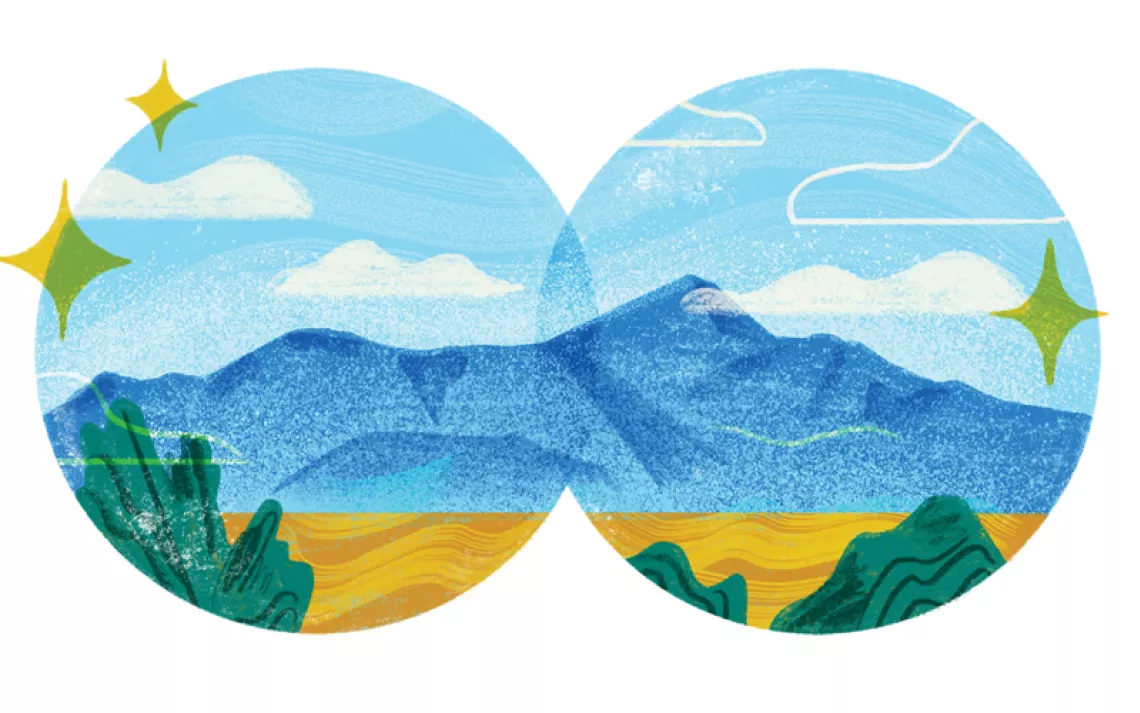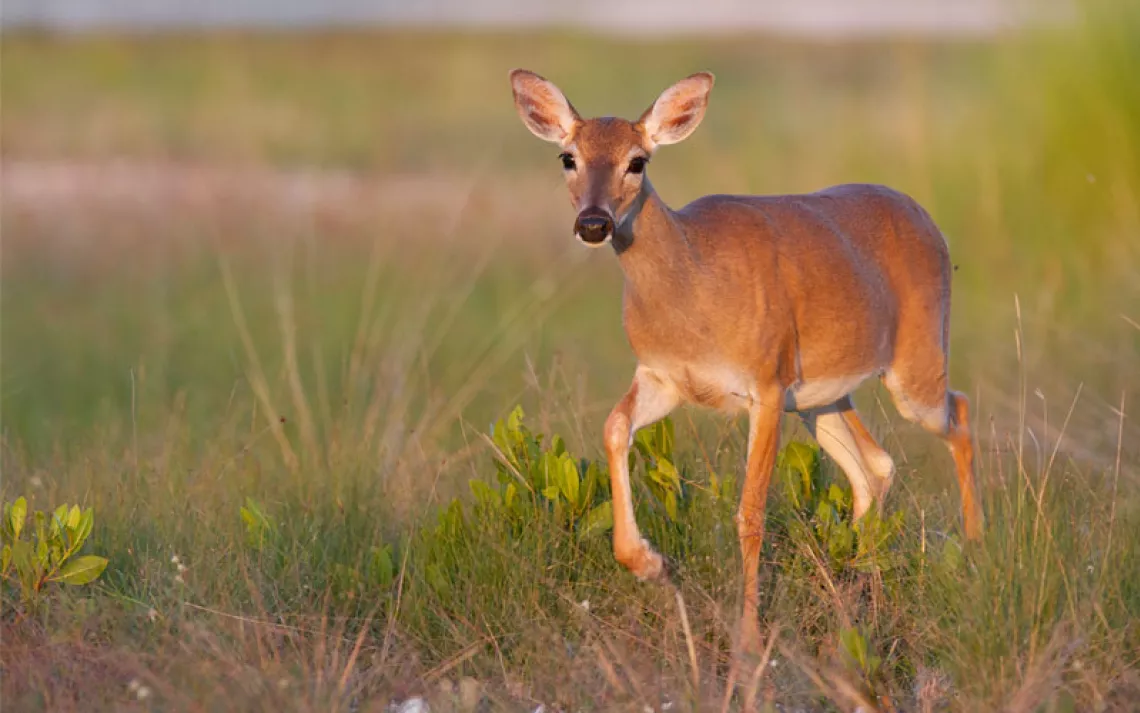Rebirth of an Arizona Canyon

Nature finds a way: Aravaipa Creek flows through a revived desert wilderness. | Photo by Kerrick James/Corbis
I return to Aravaipa Canyon with the trepidation of a faithless lover. Flooding in 2006 had shredded this desert oasis 70 miles northeast of Tucson, upending its sycamore, cottonwood, and velvet ash trees. Gone were the canyon's seductive pools, its sultry shadows, the sunlight dancing among a million whispering leaves. In their place was a chasm scoured of vitality, marked only by water, rock, and sand.
Or so I heard from fellow Aravaipa paramours who had braved a return in the first years following the flood. My heart was broken, I thought, for good.
But never underestimate nature's passion for redemption—or people's knack for personalizing such hugely powerful forces. Aravaipa Canyon had careened through and survived this cycle a million times before my puny advent. Nearly a decade after the torrent passed through, I see that the canyon has done so once more. Many of the largest sycamores and cottonwoods held fast, maintaining a gentle canopy that still undulates in the afternoon breeze. Undergrowth torn away by floodwaters has rebounded in a glory of green.
True, the luxuriously deep pools I once happily forded, pack hoisted overhead, are long gone. But the pillowy sandbars in their place are beseeching me to slip off my shoes. So I do. Leaning back in the soft sand, I gaze up thousand-foot cliffs and watch a great heron slice across the sky. Down the creek, I spot a kingfisher lingering at water's edge while another takes flight.
According to the U.S. Bureau of Land Management—which administers Aravaipa as a wilderness area—you can spot more than 200 bird species here. This abundance, seemingly undiminished by the canyon's changes, becomes obvious to me when more herons glide overhead and a shimmering trogon moans for mates from a gnarled sycamore.
Lush foliage and ambitious cottonwood and willow upstarts make my streamside bushwhacking a bit tougher. But they offer rich forage for white-tailed deer, which sustain big predators such as mountain lions. The creek itself flickers with native fish, including the endangered loach minnow and spikedace. Once nearly driven out by aggressive, introduced species, these small, skinny fish have evolved to survive the flash floods that washed away their competitors. Now they dart around my feet like jewels.
In just a few short years, this 11-mile sanctuary in the Sonoran Desert has bounced back better than ever. Stretched out on my sandbar, I'm chagrined that I ever doubted its return. People can be shortsighted, for certain. But nature? It's always aiming for the big picture. Reborn Aravaipa Canyon has taught me a lesson that will stick.
This article appeared as "The Comeback Canyon" in the November/December 2015 print edition of Sierra.
Take a Sierra Club Outings trip to Arizona and the Sonoran Desert.
 The Magazine of The Sierra Club
The Magazine of The Sierra Club



